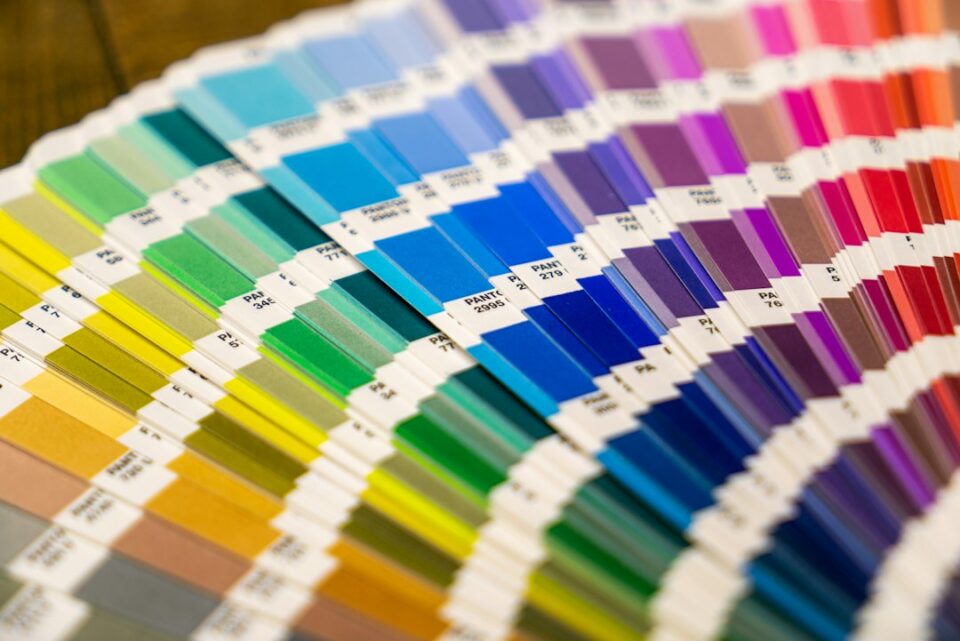Designing for Sustainability: Tips for Eco-Friendly Design Practices
As our world continues to face the growing challenges of climate change and environmental degradation, there is a greater emphasis on incorporating sustainable practices into all aspects of daily life. This includes the field of design, where eco-friendly practices can have a significant impact on reducing our carbon footprint and preserving the natural resources of our planet. In this blog post, we will explore some tips and strategies for designing for sustainability, with a focus on eco-friendly design practices.
1. Use Recycled Materials
One of the most effective ways to reduce the environmental impact of your design projects is to use recycled materials wherever possible. By repurposing materials that would otherwise end up in a landfill, you can help conserve natural resources and reduce the energy and emissions associated with the production of new materials. Consider using recycled wood, glass, metal, or plastics in your designs, and look for suppliers that offer sustainable and recycled options.
2. Choose Sustainable Materials
In addition to using recycled materials, it is important to choose sustainable materials for your design projects. This includes materials that are responsibly sourced, such as FSC-certified wood, bamboo, cork, and recycled or reclaimed materials. By selecting materials that are produced in an environmentally friendly manner, you can minimize the carbon footprint of your designs and promote the use of sustainable materials in the industry.
3. Opt for Energy-Efficient Lighting
Lighting plays a crucial role in any design project, but it can also have a significant impact on the environment. To reduce energy consumption and promote sustainability, opt for energy-efficient lighting options such as LED or CFL bulbs. These bulbs use significantly less energy than traditional incandescent bulbs and have a longer lifespan, reducing the need for frequent replacements. Additionally, consider incorporating natural lighting into your designs to reduce reliance on artificial lighting during the day.
4. Incorporate Passive Design Strategies
Passive design strategies are a key component of sustainable design practices, as they can help reduce the energy consumption of a building or space. These strategies include maximizing natural ventilation, utilizing thermal mass to regulate temperature, and incorporating shading elements to reduce solar heat gain. By integrating these passive design techniques into your projects, you can create more energy-efficient and sustainable designs that minimize the need for artificial heating and cooling.
5. Design for Longevity
In a world where fast fashion and disposable products are increasingly prevalent, designing for longevity is essential for promoting sustainability. By creating durable and timeless designs that withstand the test of time, you can help reduce waste and promote a culture of reuse and repair. Consider using high-quality materials and craftsmanship in your designs, and prioritize durability and functionality to ensure that your creations last for years to come.
6. Embrace Biophilic Design
Biophilic design is a design approach that incorporates elements of nature into the built environment, promoting health and well-being while reducing the environmental impact of design projects. By incorporating natural materials, colors, textures, and patterns into your designs, you can create spaces that connect people to nature and enhance their overall experience. Additionally, biophilic design can help improve indoor air quality, reduce stress, and increase productivity, making it a valuable strategy for sustainable design practices.
7. Reduce Waste and Optimize Resources
One of the key principles of sustainable design is to reduce waste and optimize resources throughout the design process. This includes minimizing material waste during construction, recycling and repurposing materials whenever possible, and designing with resource efficiency in mind. By considering the entire lifecycle of your design projects and implementing strategies to reduce waste and conserve resources, you can minimize the environmental impact of your designs and contribute to a more sustainable future.
8. Collaborate with Sustainable Suppliers and Partners
To further promote sustainability in your design projects, collaborate with sustainable suppliers and partners who share your commitment to eco-friendly practices. Look for suppliers that offer environmentally friendly materials and products, as well as partners who prioritize sustainability in their operations. By working together with like-minded individuals and organizations, you can amplify the impact of your sustainable design practices and create a more sustainable industry as a whole.
9. Educate Yourself and Stay Informed
Finally, to design for sustainability effectively, it is crucial to educate yourself and stay informed about the latest trends and developments in sustainable design practices. Attend workshops, conferences, and seminars on eco-friendly design, read books and articles on sustainable design principles, and engage with other designers and professionals in the field. By continuously expanding your knowledge and expertise in sustainable design, you can enhance your skills and contribute to a more sustainable future for the industry.
In conclusion, designing for sustainability is essential for promoting a more eco-friendly and environmentally conscious approach to design. By incorporating recycled materials, choosing sustainable materials, using energy-efficient lighting, incorporating passive design strategies, designing for longevity, embracing biophilic design, reducing waste and optimizing resources, collaborating with sustainable suppliers and partners, and educating yourself about sustainable design practices, you can create designs that are both aesthetically pleasing and environmentally responsible. By following these tips and strategies, you can make a positive impact on the environment and contribute to a more sustainable future for all.
Remember, every choice you make as a designer has the power to shape the world we live in. Choose sustainability, choose responsibility, choose a greener future.


